Anyone would agree that the microwave is undeniably a convenient appliance, perfect for quick reheating and easy meals. However, you might be surprised to learn that some foods lose their nutritional value when reheated in a microwave, and even worse, some can become toxic. With growing awareness surrounding the potential health risks, including the release of cancerous radiation, more households worldwide are choosing to go 'microwave-free.' So, before you pop that plate into the microwave, here are some foods you should never reheat.
-
Leafy Greens & Vegetables with high amounts of Nitrate
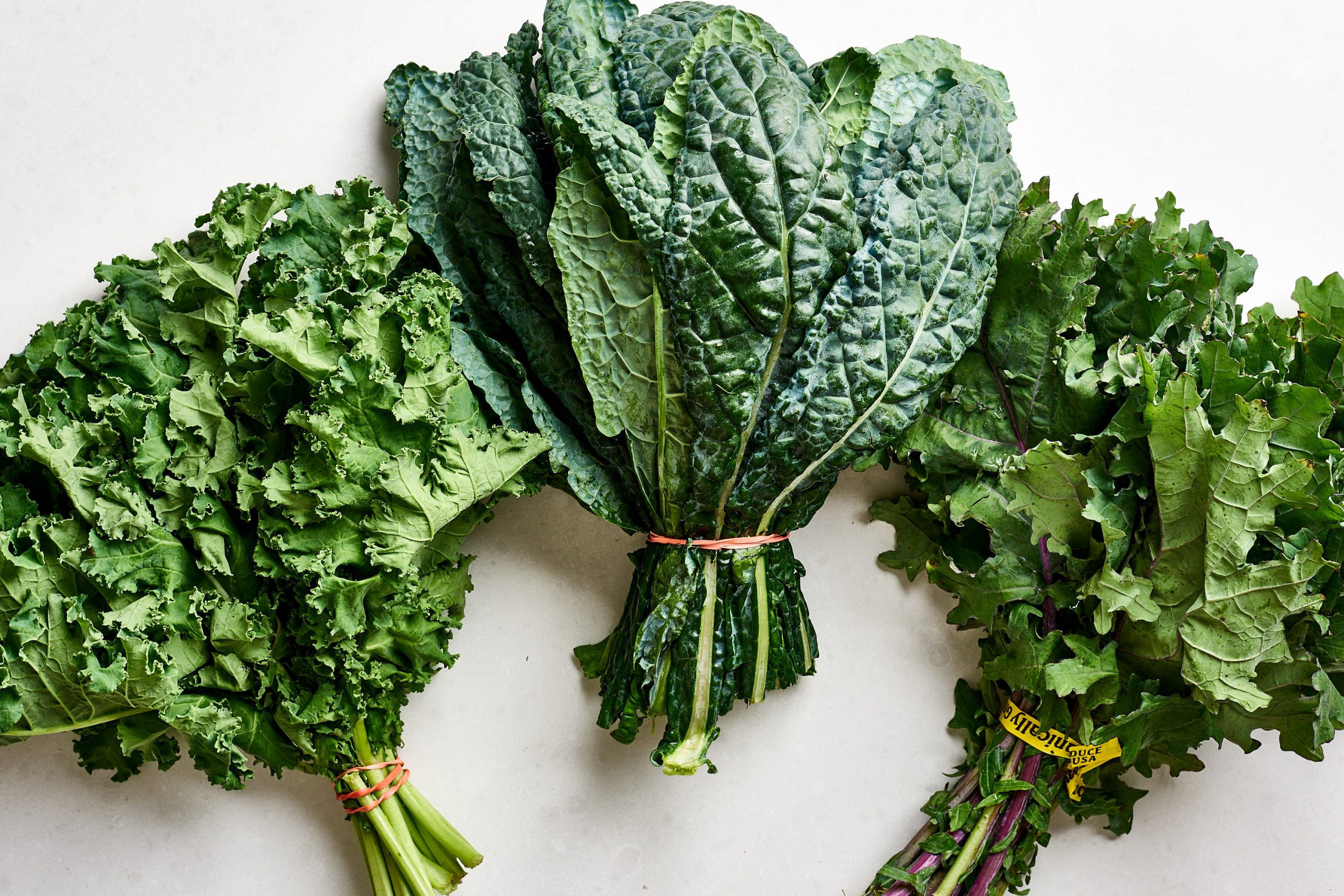
Vegetables containing a lot of nitrate like spinach, carrots, kale, turnip and celery shouldn’t be reheated. Microwaving them could cause them to become carcinogenic (the potential to cause cancer).
-
Chicken
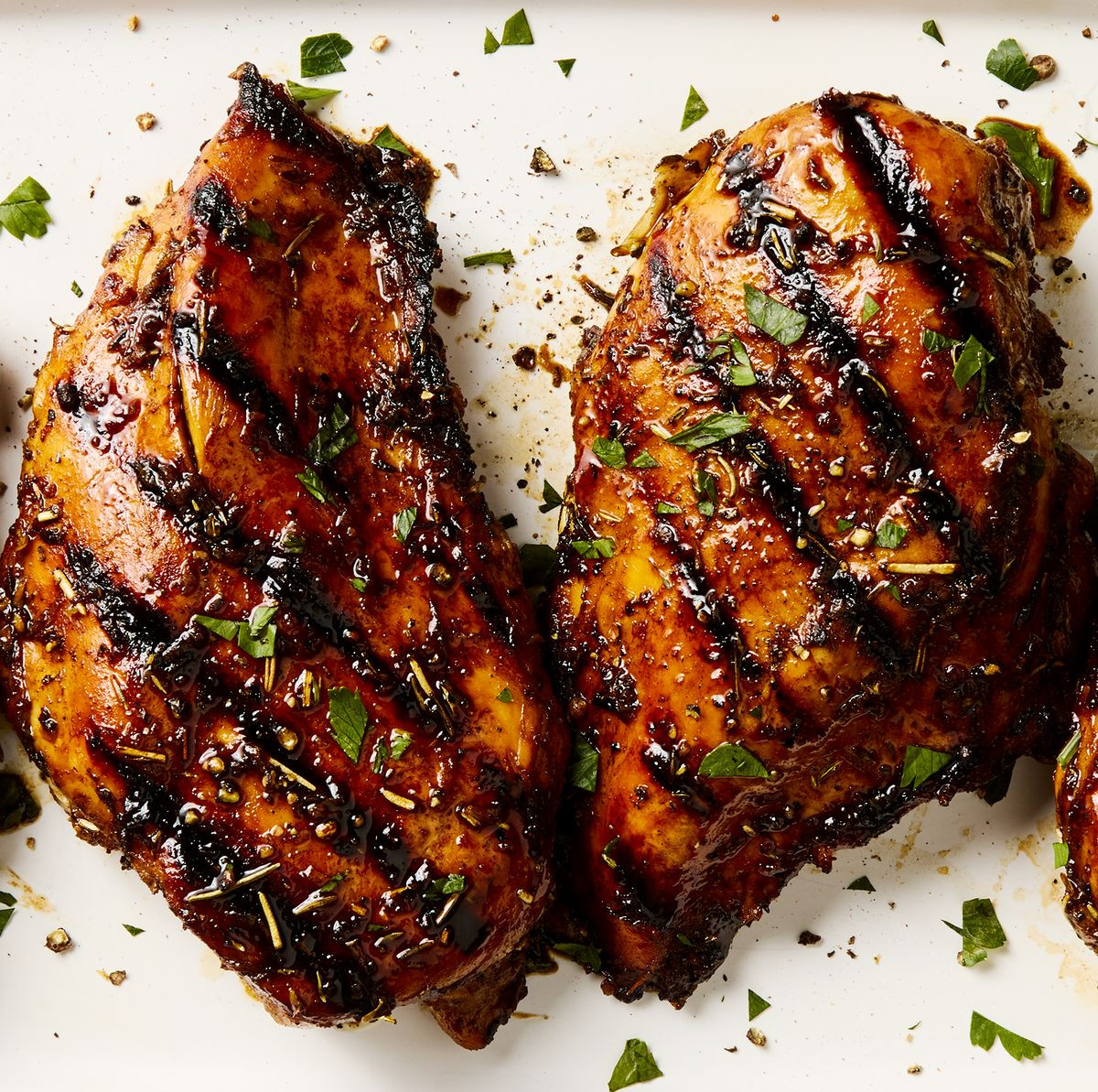
Reheating chicken in the microwave can leave it rubbery and tasteless, but that's not the worst of it. If not heated properly, it can become a hotspot for bacteria like salmonella. To ensure your chicken stays delicious and safe, it's best to reheat it slowly and evenly in an oven.
-
Rice
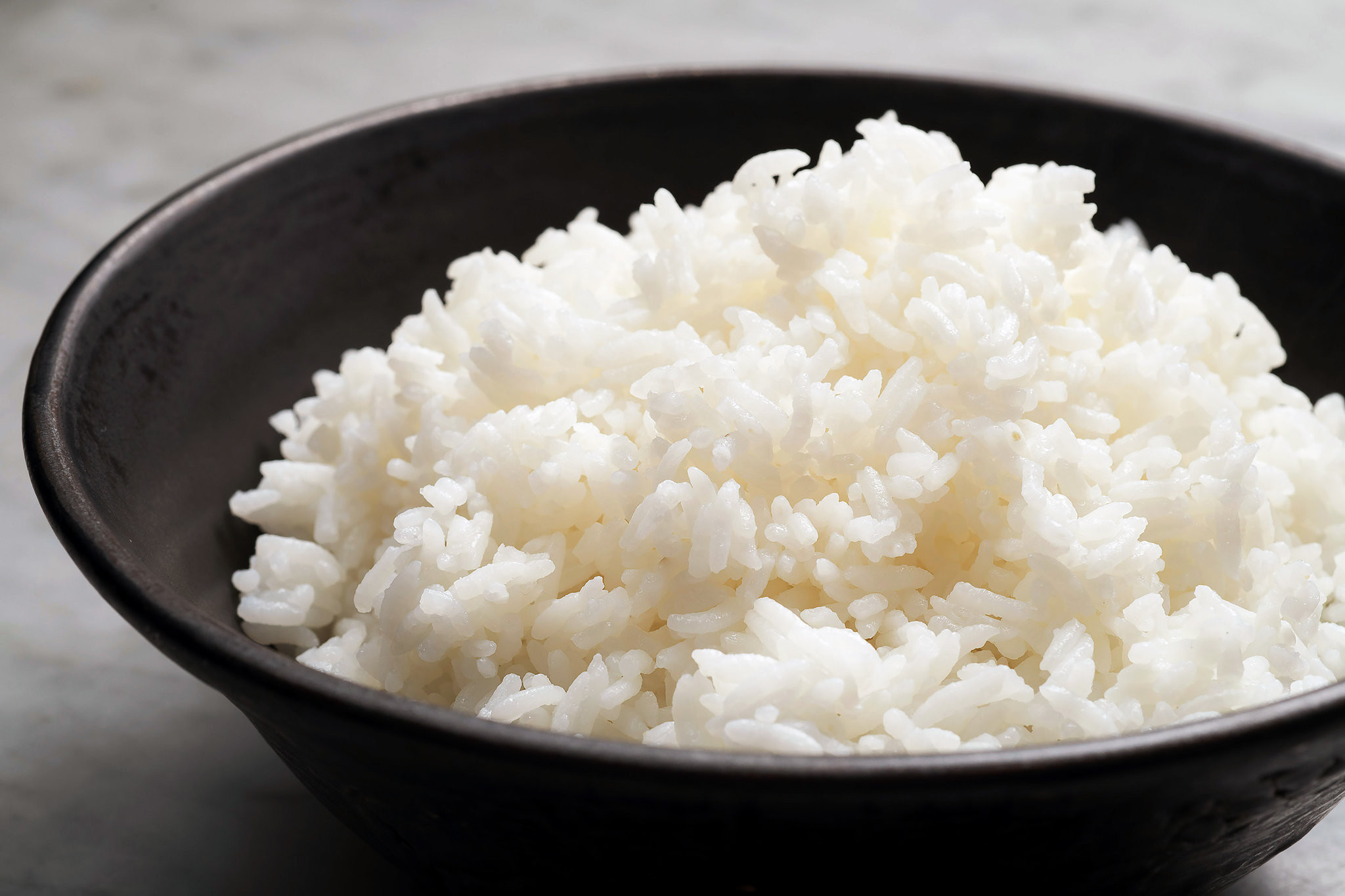
Reheating rice might seem harmless, but there's more to it. Rice can harbour Bacillus cereus, a bacterium that survives cooking. If cooked rice is left out too long before reheating, these bacteria can multiply. It's not the reheating that makes it risky; it's improper storage. Always store cooked rice in the fridge and reheat it thoroughly to kill any potential bacteria.
-
Potatoes
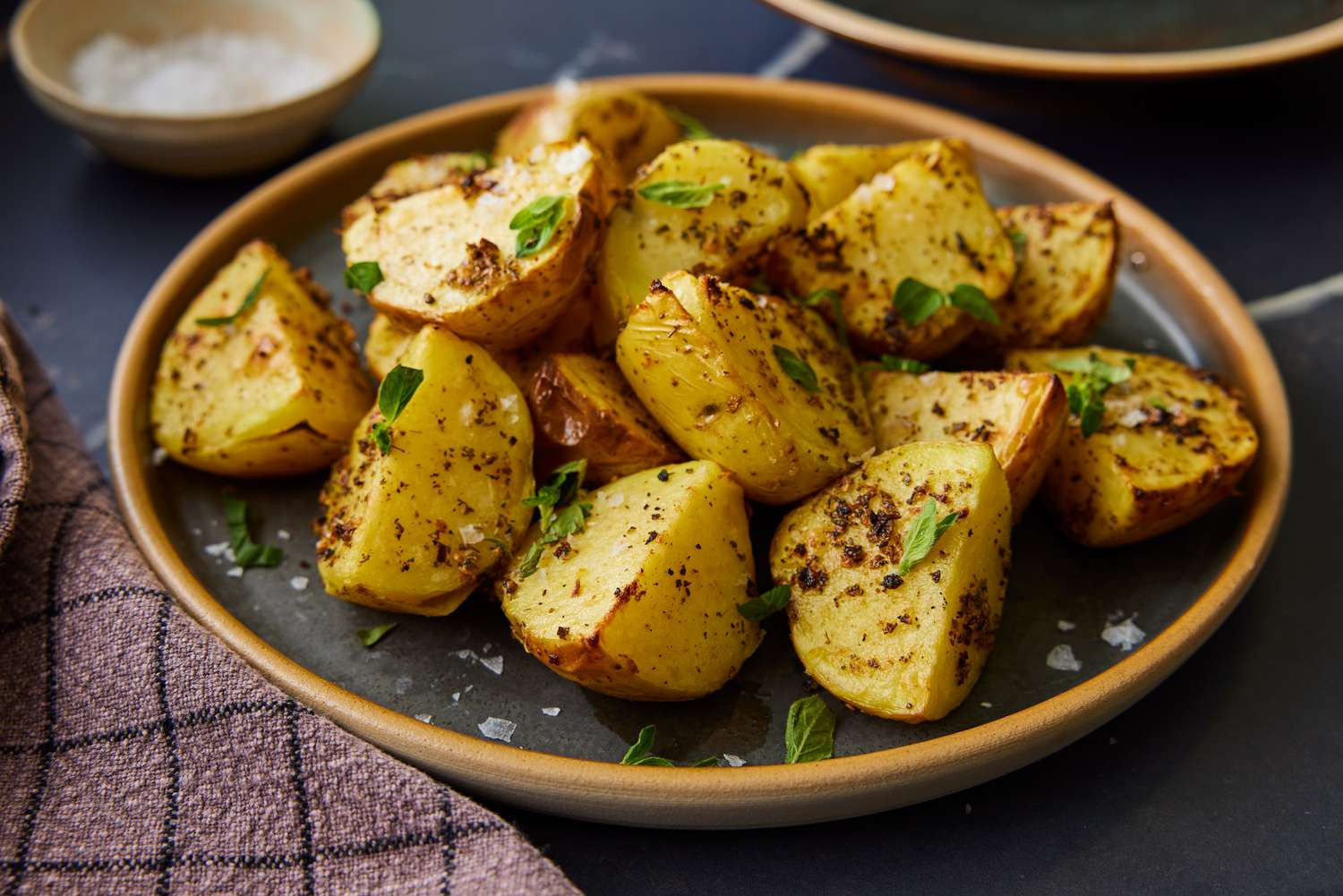
Reheating leftover potatoes in the microwave can be risky. If they’ve been left out too long before refrigeration, they can develop botulism (toxins created in food that are stored, preserved and fermented improperly) - a rare but serious illness. Instead, reheat your potatoes in the oven. It’s a slower method, but it’s safer and keeps them tasting better.
-
Mushrooms
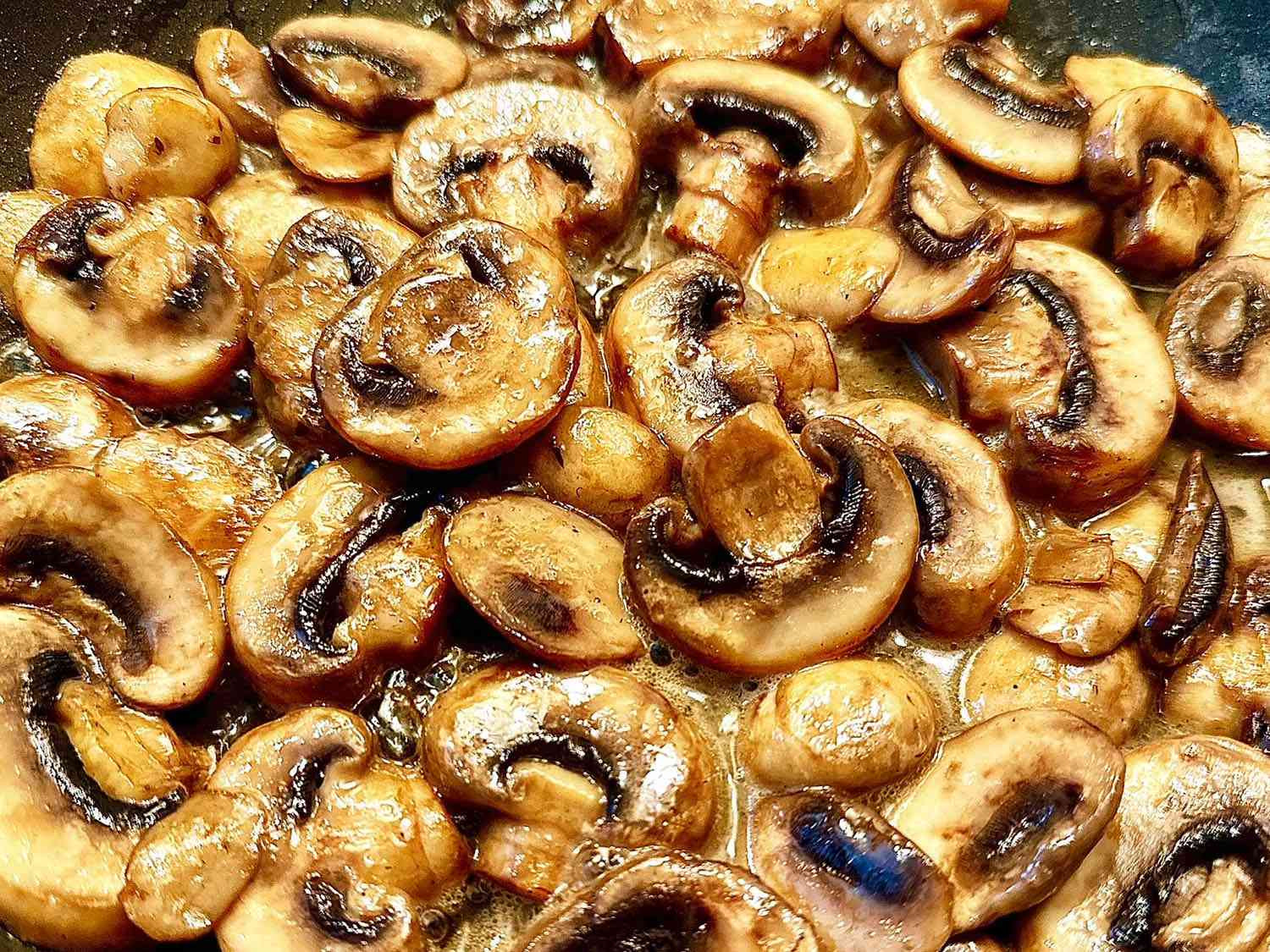
Mushrooms are delicate and require careful handling. Reheating them in the microwave can make their texture slimy and their flavor bland. Mushrooms should be reheated the same way they were initially cooked. If they are sautéed, gently reheat them in a pan. Additionally, improper reheating can upset your digestive system and produce toxins like oxidised nitrogen, making them unsafe to eat.
-
Processed Meats
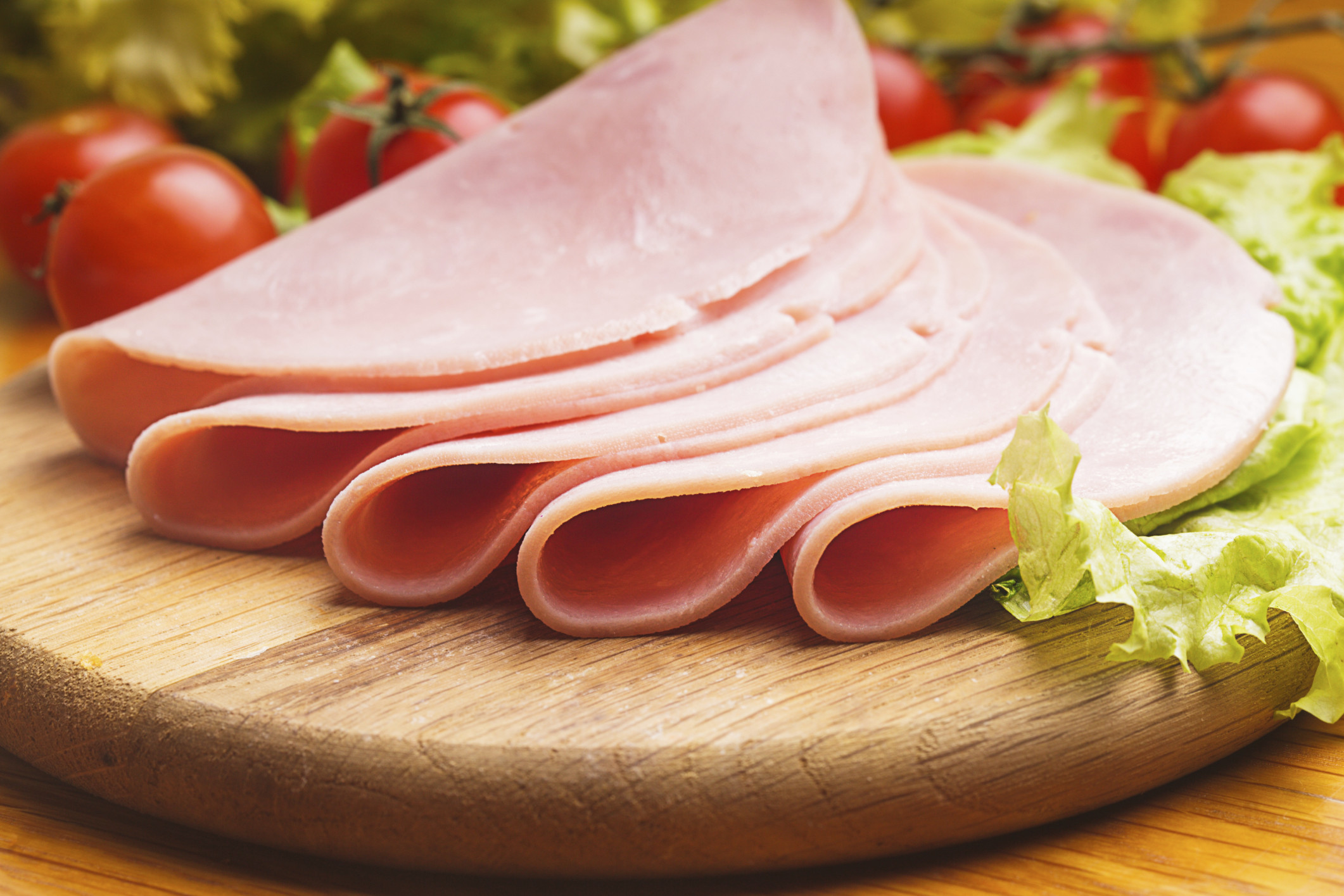
Things like hot dogs or deli meats can develop some nasty chemicals if you nuke them. These foods have preservatives that can turn carcinogenic under the intense heat of a microwave. A skillet does a better job, warming them through without turning them into something harmful.
-
Eggs
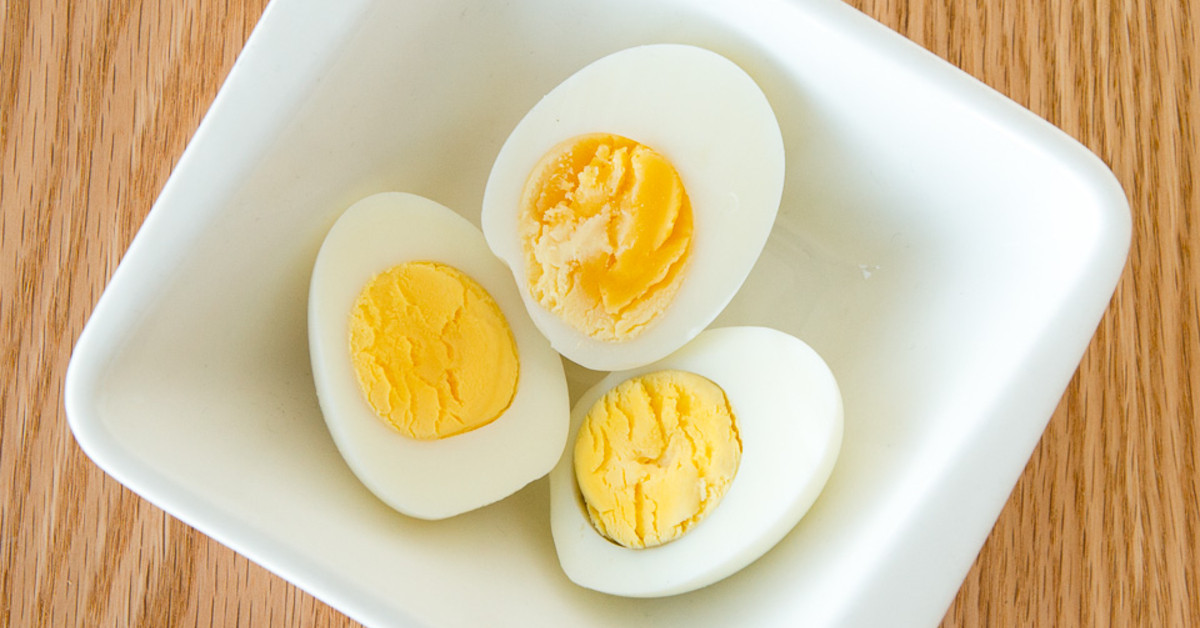
Be cautious with reheating cooked or scrambled eggs; they can turn super rubbery or even explode in the microwave if you're not careful. Reheating boiled eggs in the microwave is definitely a no-go, as they can burst! Eggs are high in protein, and microwaving can destabilize the protein, making them less nutritious. For a more appealing texture and to avoid a mess, warm them up in a pan over low heat instead.
-
Seafood
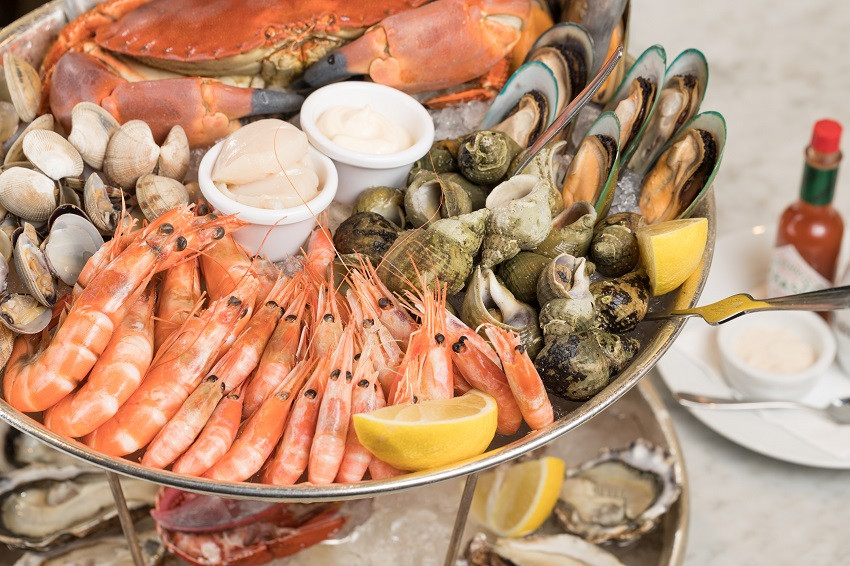
Reheating fish or shellfish in the microwave can be disastrous. It can spread an unpleasant smell, dry out the seafood, and ruin its flavor. Additionally, uneven heating increases the risk of food poisoning. The best way to reheat seafood is gently in a pan with a splash of water or in the oven wrapped in foil.
-
Fried Food
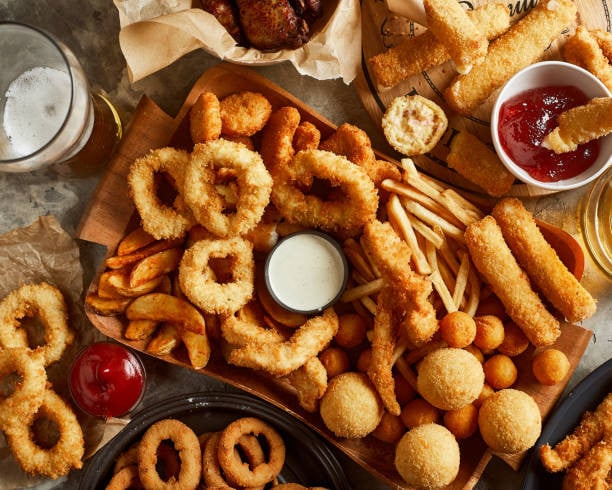
Microwaving fried chicken, fries, or any crispy foods will only result in disappointment. The microwave won’t restore their crunchy texture, leaving them soggy instead. To maintain that satisfying crunch, reheat them in the oven or a toaster oven on a wire rack. This method allows air to circulate and keeps the coating nice and crispy.
-
Pizza
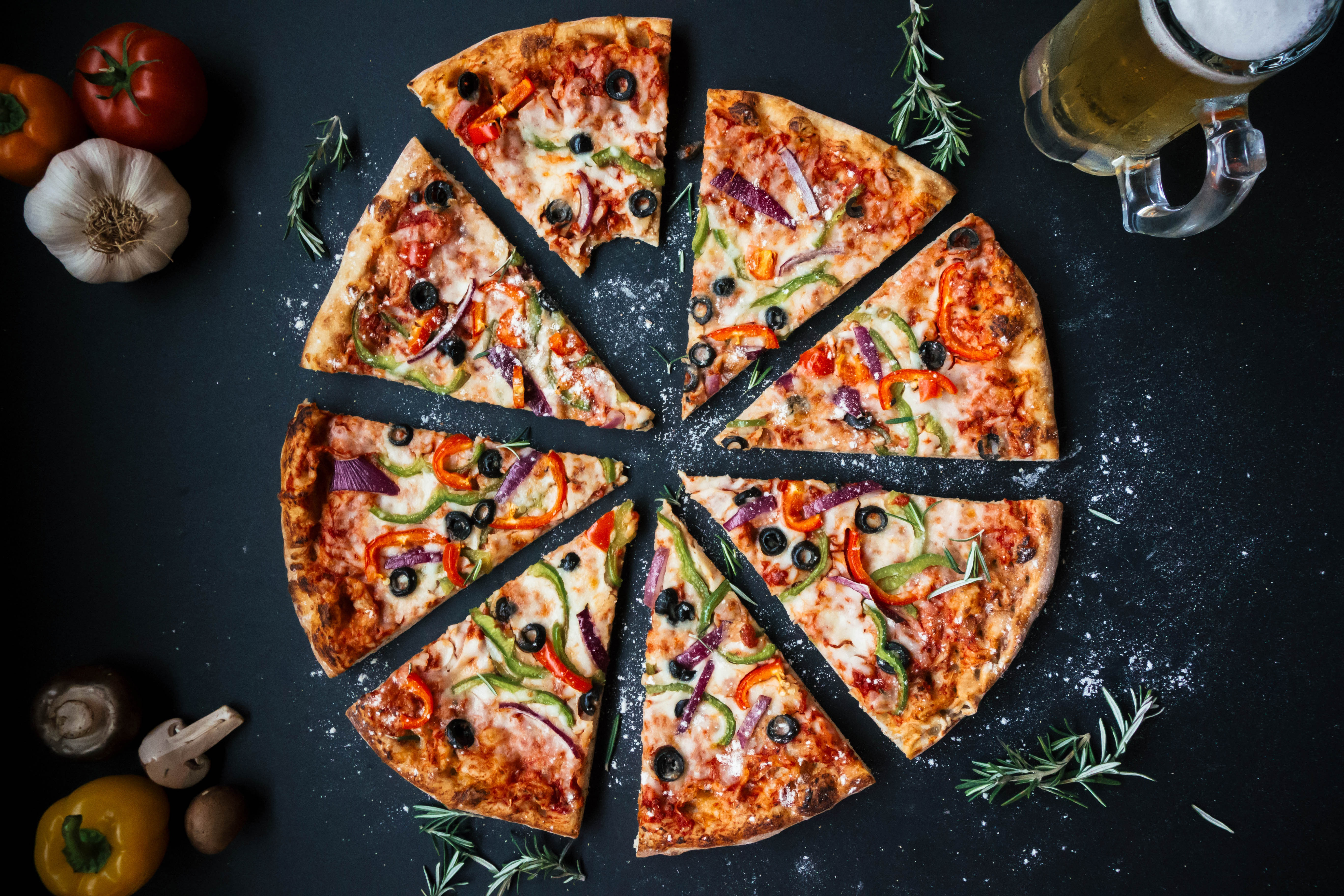
Leftover pizza might be the most reheated food in the world since it’s so convenient, but it usually makes the crust soggy and the toppings greasy. Instead, try reheating your slice in a skillet on the stove over medium heat. Cover it with a lid for a few minutes, and you'll get a crispy crust and perfectly melted cheese without the sogginess.


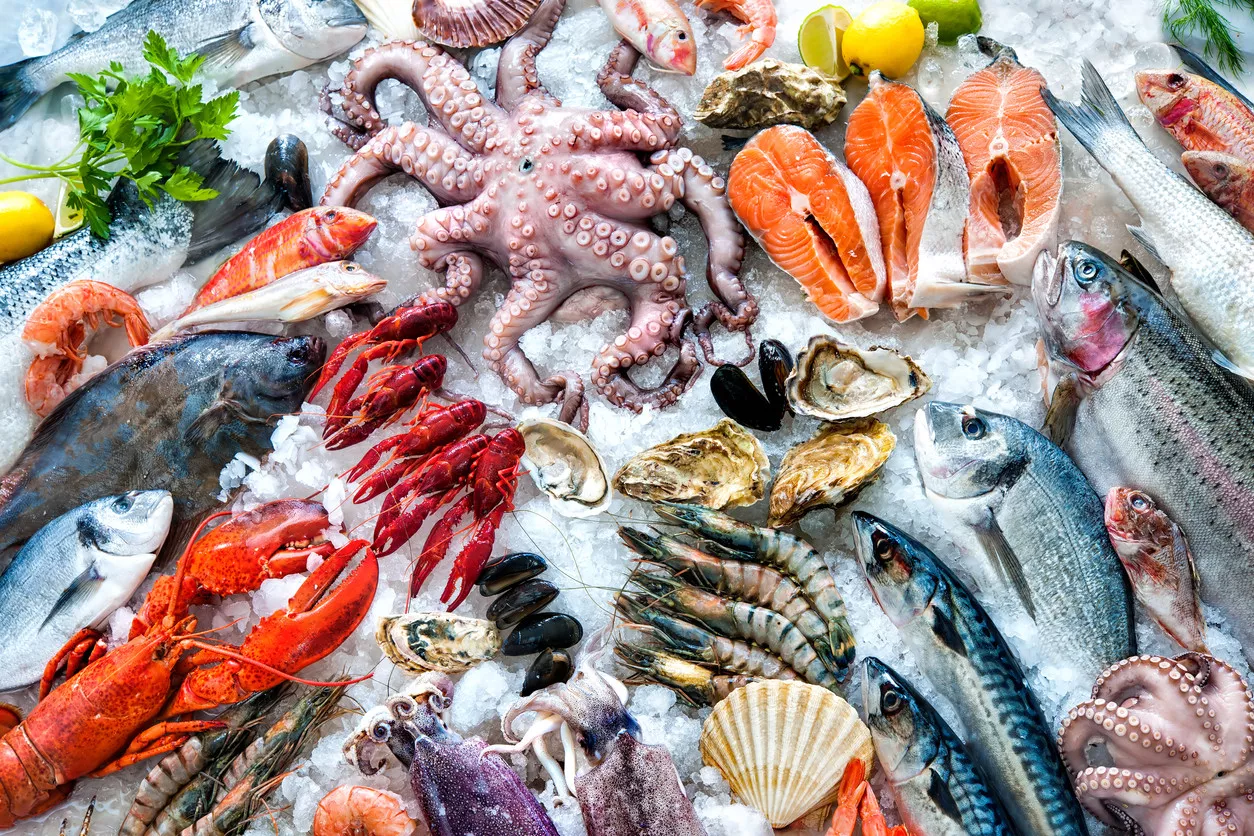






COMMENTS
Comments are moderated and generally will be posted if they are on-topic and not abusive.
For more information, please see our Comments FAQ